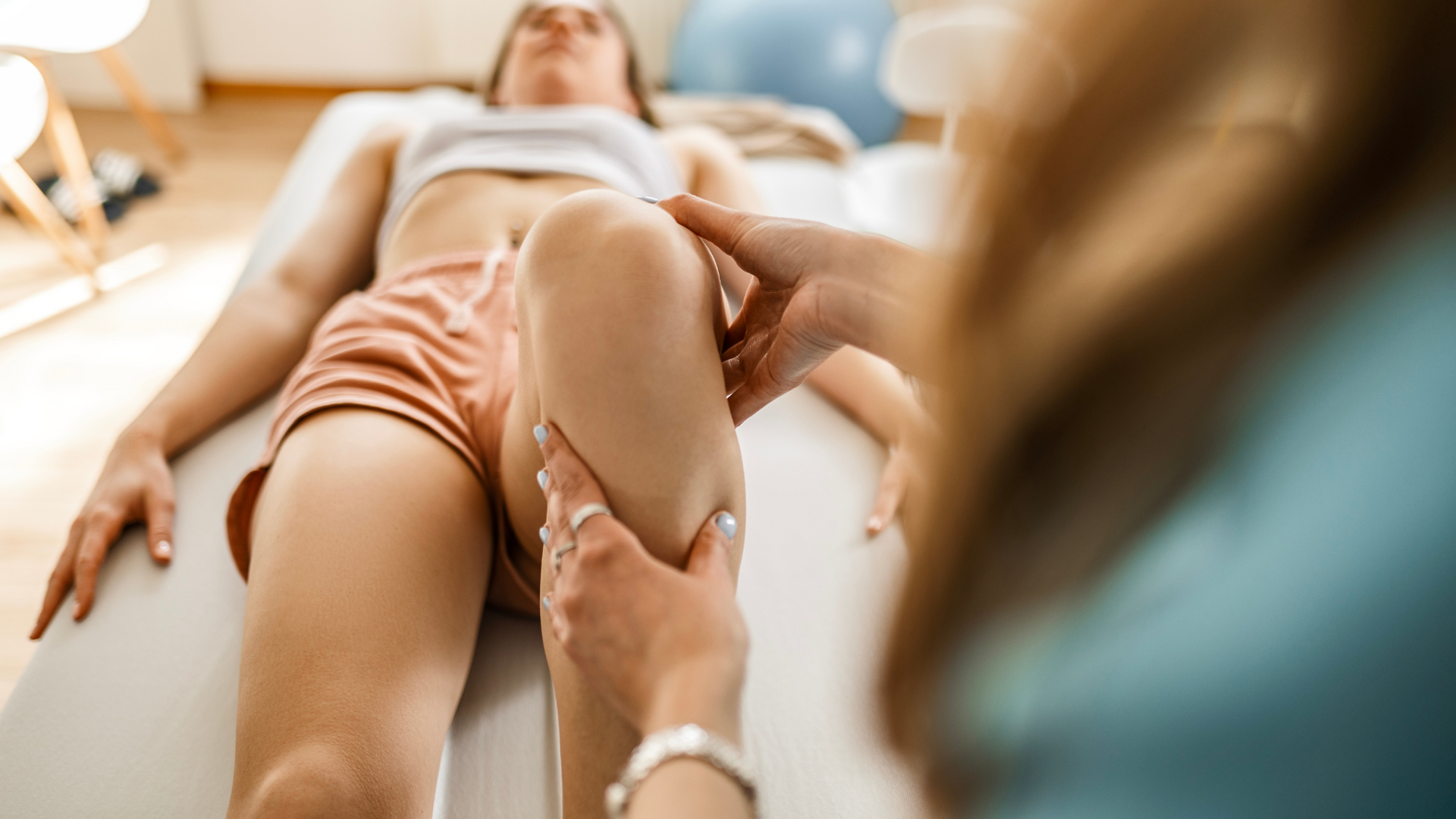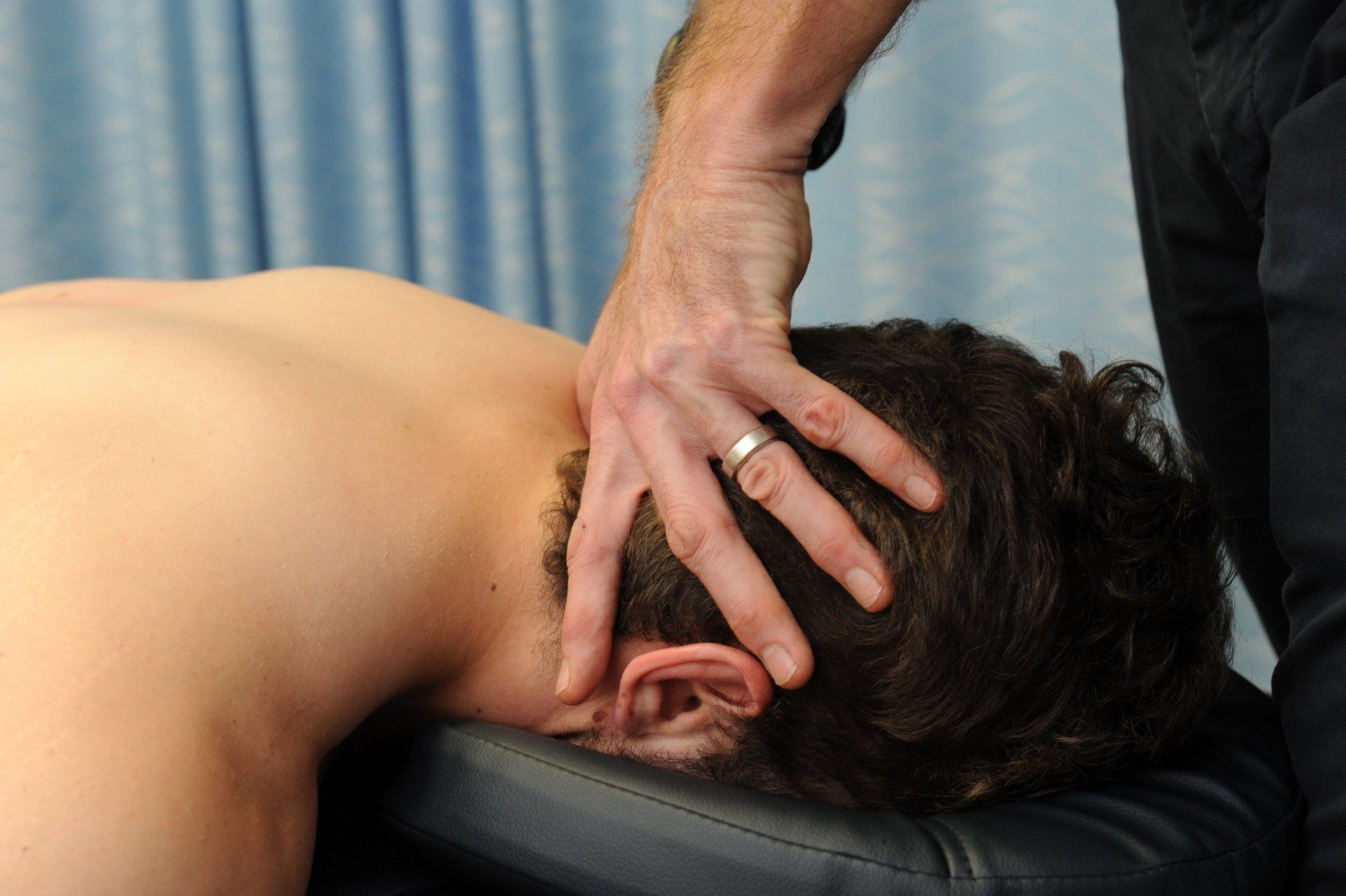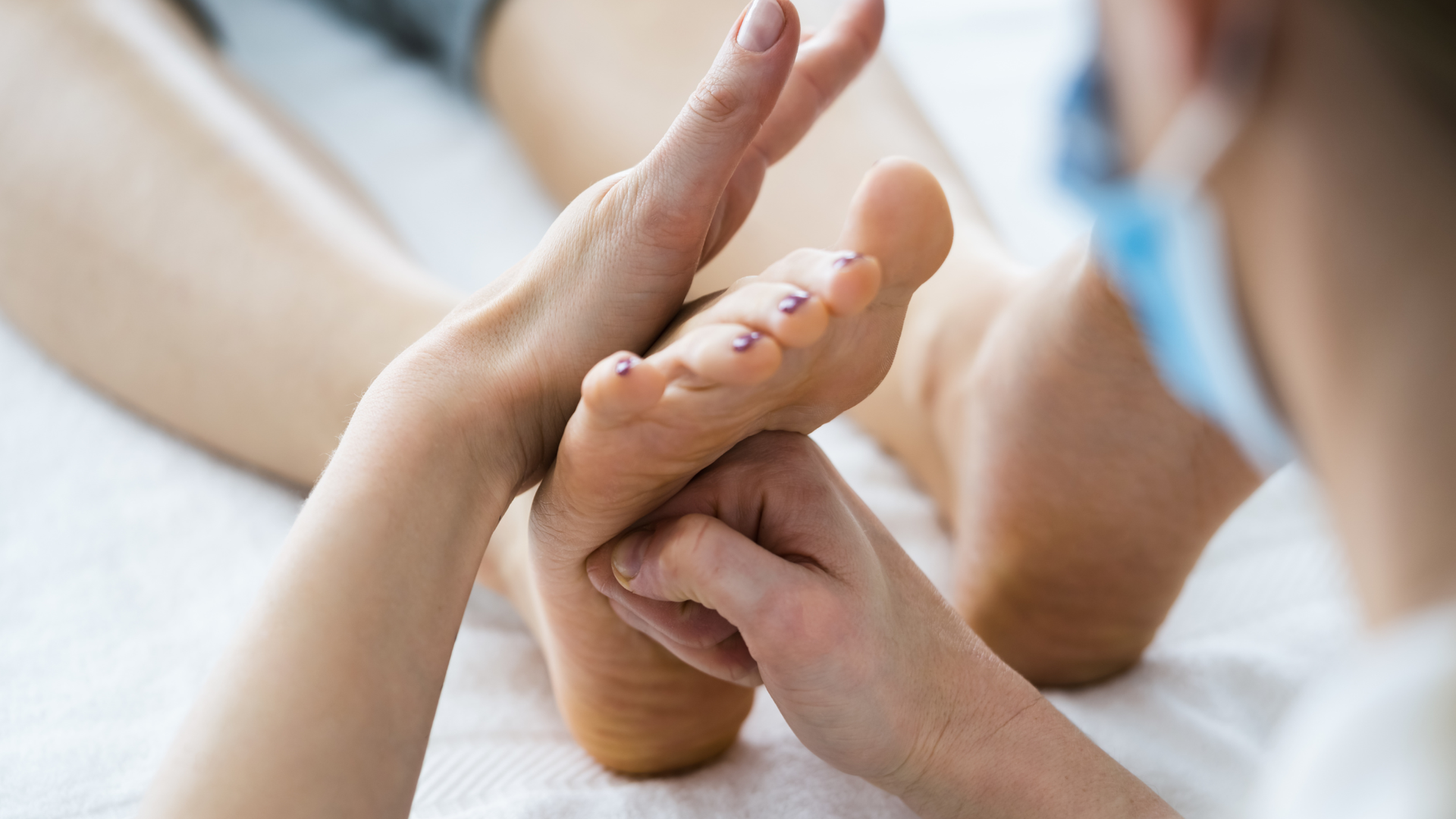The Knee - Anterior Knee Pain
Anterior knee pain has many causes and treatments. What's causing yours?

Many of us will experience pain in the front of the knee at some stage in our lives. Often it can begin with a minor ache, perhaps some crunchiness when ascending stairs or playing sport, or kneecap (patella) stiffness when we first get out of bed. Left untreated anterior knee pain can get progressively worse, and in some situations have significant, life changing consequences.
Anatomy 101.
The anterior knee consists of 3 joints – the tibiofemoral joint, the patellofemoral joint and the superior tibiofibular joint. Any of these joints can contribute to anterior knee pain, though more commonly it is the patellofemoral joint. There are lots of structures in here, including muscles, fat pads, tendons, ligaments and bursa, all of which can contribute to anterior knee pain.
Most commonly, anterior knee pain is a consequence of dysfunction from either above or below the knee joint, resulting in abnormal biomechanics and load on anterior knee joint structures.
What’s it all about?
The term Anterior Knee Pain is a descriptive term only, not a diagnosis. People with anterior knee pain may have any number of conditions which is why assessment and diagnosis by a qualified health professional, like a Physiotherapist, is important. Some of these conditions are listed below (there’s a lot), with links to articles to help you understand them better (we’re working on our own versions of these, but these are trusted resources too).
- Patellofemoral Pain Syndrome
- Chondromalacia Patellae
- Osgood-Schlatter’s disease
- Sinding Larsen Johansson syndrome
- Plica synovialis syndrome
- Knee bursitis or Hoffa’s disease
- Articular cartilage injury
- Bone tumours
- Osteochondritis dessicans
- Patellofemoral instability/subluxation
- Patella stress fracture
- Patella tendinopathy
- Patellofemoral osteoarthritis
- Pes anserine bursitis
- Quadriceps tendinopathy
- Prepatella bursitis
- Iliotibial Band syndrome
- Hip and low back joint (yep, the hip and the lower back can refer pain to the anterior knee)
Signs and symptoms of Anterior Knee Pain
Anterior knee pain is often multifactorial, which means there are a number of factors contributing to the presentation. Symptoms can vary hugely, from the location and intensity of pain experienced, to the activities that cause it and those that help relieve it. Factors contributing to anterior knee pain include muscle weakness, muscle imbalances, joint compression, overuse, tightness, and malalignment, causing injury and dysfunction to a variety of structures around the knee.
Some of the structures that might be implicated in anterior knee pain include joint surfaces, ligaments,
tendons, muscles and bursae.
Because anterior knee pain can be caused by so many different conditions, presentations often vary from person to person. Some people will report pain with activities of daily living such as stairs and driving the car, some only with sports (basketball and volleyball are common culprits). For some people, wearing high heels can be the problem, while for others, it might be sitting on a plane or in a movie theatre.
What to do, what to do…
Diagnosis of the cause of your anterior knee pain requires patience and skill. Your physiotherapist will often spend a lot of time asking you about how your knee pain developed, how it has behaved over time, what aggravates it and what relieves it. A physical assessment will include observing how the knee joint behaves with activities such as walking, squatting, kneeling, and jumping, paying particular attention to what your kneecap (patella) wants to do. Assessing the knee for swelling, checking joint range of motion, and palpating different structures will help diagnose the cause of your knee pain. Your physio will also assess your ankle, hip, and lower back, just to make sure they are not contributing to symptoms as well.
In some instances, further investigations are required. Xray’s help determine if there is bone damage or wear in the joint, while MRI can aid with the diagnosis and prognosis of bone and soft tissue problems. Your physio can assist with a referral for these or liaise with your GP for other investigations if required (such as blood tests).
The best treatment? Exercise
Firstly, don’t go searching the web for a quick fix exercise program for anterior knee pain. As you have probably worked out, anterior knee pain can have many different causes.
Treatment and management must be specific to your presentation and prescribed by someone
who knows what they are doing.
Depending on how long you have had anterior knee pain and the cause, it may take a few weeks or a few months for symptoms to settle and resolve. Most treatment plans will involve a period of hands-on treatment to assist with settling symptoms such as pain and stiffness. Modification of activity and load exposure is an important part of managing many of the causes of anterior knee pain. Your physio can advise some strategies to assist with this, including activity modification, and prescribe a graded exercise program to help stretch tight structures, strengthen the right muscles, and improve biomechanics. Importantly, these programs will be individualised relative to the presenting symptoms and movement dysfunction. There are a variety of taping techniques and knee braces that can be really helpful with anterior knee pain, so chat with your physio about these as well.
The Take Home
Anterior knee pain is a descriptor, not a diagnosis. There are a range of conditions that produce anterior knee pain, and getting a correct diagnosis is the key to resolving your symptoms. Don’t rely on generic information and fad exercise programs. Get the opinion of an expert and stick to the management plan – most anterior knee pain can be fixed, but you need to be patient and committed.
If your looking for some more information on the management of Anterior Knee Pain, check out theses perspectives from the Journal of Orthopaedic Sports and Physical Therapy:
- Anterior Knee Pain - What Muscles Should I Strengthen?
- Anterior Knee Pain - As an Athlete, Am I at Risk?
- Anterior Knee Pain - A Holistic Approach to Treatment
Got anterior knee pain and want to know the cause? Give us a call.
At Movement for Life Physiotherapy, we can assess and diagnose the cause of your anterior knee pain and let you know whether you have patella tendinopathy, patellofemoral pain syndrome, or if there is something else going on. With a clear diagnosis and tailored management plan, we'll help get you back to the things you love sooner.
Give us a call now or click on BOOK AN APPOINTMENT to book online.








